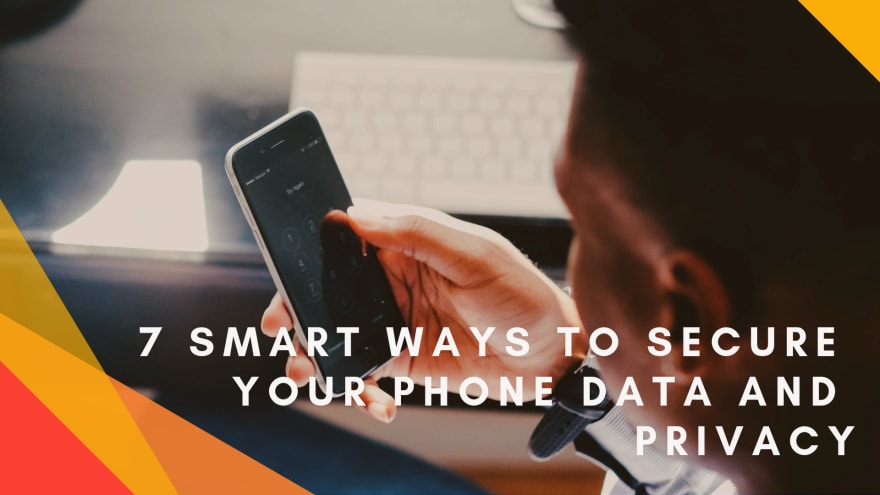Living in a highly digital world, your smartphone is perhaps one of the things that you can't live without it. It's a powerful tool that brings a wealth of information just right at your fingertips.
However, with it comes security and privacy risks. Whether you like it or not, you will be affected by things that are far out of your control such as the data breach that affects your private information. The good news is, there are a few steps that you can take to secure your phone and to maintain its privacy.
Use a Secure Passcode
All smartphones usually allow you to lock it with a PIN code, password, pattern or a biometrics log-in such as your fingerprint to confirm that it's you. As long as you close and secure your device, no one else can access your device and information should it be lost or stolen. Also, a fingerprint scan is convenient if your phone has this feature.
Password Safes
Coming up with a separate password every time for your email address, social media accounts, and e-card site can be exhausting. You'll end up recycling passwords which you wouldn't want. Scammers can easily hack one of your accounts and expose every account on sites where you use those passwords. Password managers can help secure them, releasing them only through a fingerprint scan or a master password. That way, you can store unique randomized combinations.
Hardware Level Encryption
iOS is supported by hardware-level encryption. Also, it's updated continuously adding more features. Android also encrypts your phone's storage by default ever since the version 5.0 Marshmallow came up. Either way, they function to encrypt your data, and can only be unlocked through your phone's hardware. However, these are usually not as strong as your lock codes. Therefore, setting up a strong password is still one of the best ways to secure your device.
Limit Location Settings
Your smartphone has its way of knowing where your current location is. It's crucial at times especially during emergencies because a dispatcher can quickly pinpoint your location. Unfortunately, the apps in your phone can also relay your location to untrustworthy sources. As a precaution, try switching off the location settings for all your apps, unless you have a good enough reason to use them.
Use Two-Factor Authentication
Another way to secure your phone is using the two-factor authentication of Google. Directly log-in to your Google account, then head off to the settings page where you would see "Using 2-step verification" on the menu. Just follow the prompts ‒ you'll also be asked for your phone number. Then, the verification codes are sent to you through text. Enter this code on the data entry box of your web browser and your 2-step verification will be turned on.
To make it simpler, you can opt to use Google Prompt. Doing so authorizes Google apps by clicking the "yes" prompt on your phone.
Don’t Be Gullible
As soon as you receive suspicious text messages especially from people you hardly know, don't call unknown phone numbers and embedded web links. Both scammers and spammers will get every chance they'll get, and as a smartphone user, you're a target. Chances are, they'll be sending emails, texts, or even call you and pretend to be different people altogether. It's dangerous because they can potentially lock you out of your device. Some will even resort to extorting money from you before you can unlock your phone.
Install a VPN
A Virtual Private Network, also known as a VPN, creates a secure and encrypted connection over a less secure one. It functioned to keep your information private and secured each time you visit websites, and VPN can be used to bypass internet censorship in countries such as China.But most importantly, it encrypts your data transfer.
As much as possible, try to avoid having free VPNs. If you want quality service, set aside a few bucks a month to avail of a quality VPN. A service like VPNdada secures and transports all your connections and data in and out of your smartphone safely and securely.







Top comments (0)